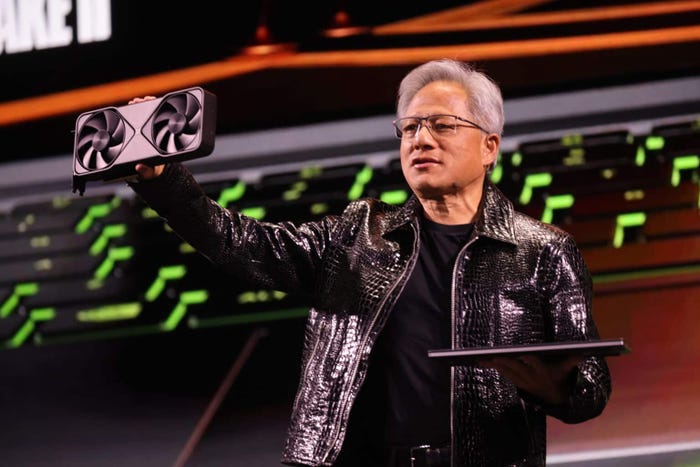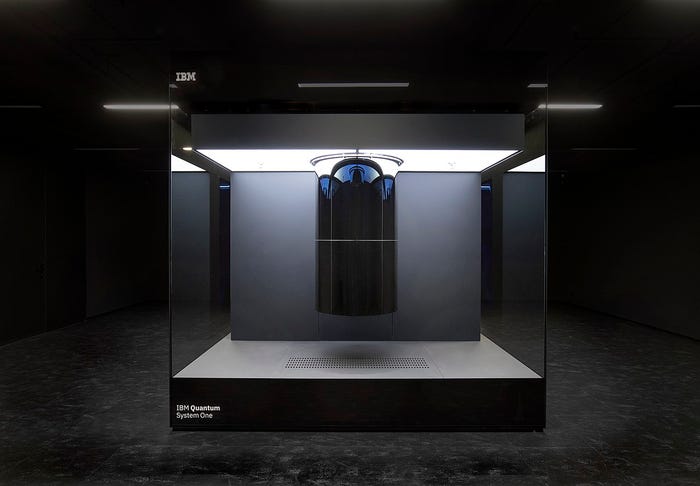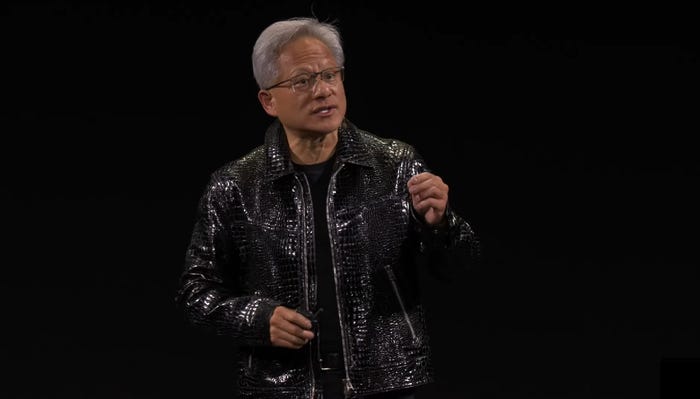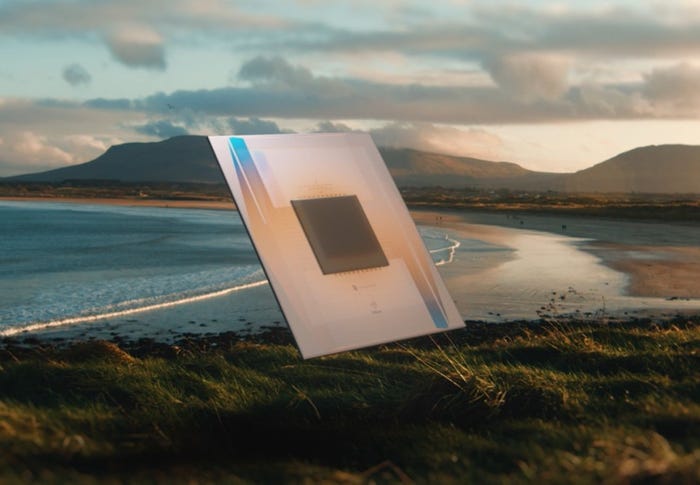
Connects decision-makers and solutions creators to what's next in quantum computing
Supercomputing Facility Trials Quantum Hybrid Solutions
Q&A with Quantum Brilliance and Pawsey Supercomputing Research Center

Australian supercomputing facility Pawsey Supercomputing Research Center recently installed a room-temperature diamond-based quantum computer, the first to be located on-site in a supercomputing facility.
Developed by German-Australian start-up Quantum Brilliance, the rack-mounted diamond quantum accelerator uses synthetic diamonds to run at room temperature in any environment.
The installation is believed to represent the first integration of quantum computing systems in a supercomputing center. It will be used to demonstrate and test hybrid models of quantum and classical computing, by pairing the quantum accelerator with Setonix, Pawsey’s HPE Cray Ex supercomputer.
This Q&A with Pawsey chief technical officer Ugo Varetto and Quantum Brilliance managing director EMEA Mark Mattingley-Scott explores the significance of Pawsey acquiring the quantum processor and its planned usage.
Enter Quantum: How important was Quantum Brilliance�’s computer being the first to operate at room temperature towards making this possible?
Ugo Varetto, Pawsey CTO: While recently other photonic quantum computers capable of operating at room temperature and hosted by cloud providers have become available, the Quantum Brilliance was the only one with a form factor and power and cooling requirements suitable for deployment in a pre-existing computing center. This will allow closer integration and development of codes on a supercomputer with the quantum accelerator.
Mark Mattingley-Scott, Managing Director EMEA Quantum Brilliance: It was key, and, without exaggeration, a historic moment. Many other quantum computing (QC) hardware vendors have tried to make the room temperature claim, but our QC is the first to fulfill this promise, and perhaps more importantly, with zero infrastructure – no cryogenics, no superconduction, no vacuum, no high precision photonics. Just diamond and interface.
What are the applications and problem sets the researchers will be trialing with the quantum computer installed in a classical supercomputer?
Varetto: The research groups accessing the system will be evaluating proof of concepts in hybrid quantum-classical computing. This may be able to benefit users in areas such as portfolio optimization, machine learning applied to speech-to-text processing, logistics and quantum chemistry simulations. Some of these problems have been already implemented on a quantum emulator provided by Quantum Brilliance within the Quantum Pioneers program.
Mattingley-Scott: Pawsey will be initially exploring high-performance computing (HPC) workflows and looking closely at how to integrate QC into HPC. Specific use cases will follow and will revolve around the core scientific areas that Pawsey works on.
How will the research help businesses learn how to deploy quantum computing solutions?
Varetto: The learnings from deploying and operating a quantum computer at our center will be documented and shared through public events. This knowledge sharing can assist users in understanding what is required to host a quantum computing device and integrate it with standard IT infrastructure. This is one of the benefits of implementing such a project in a national supercomputing facility like Pawsey.
Mattingley-Scott: The key learnings will be about integration, answering the question about how to make zero-infrastructure room-temperature QC work in the enterprise and at the edge.
The project supports Australia’s national strategy in quantum supercomputing innovation. Where does it fit into that strategy?
Varetto: The partnership between Pawsey and Quantum Brilliance is demonstrating recommendations from “Growing Australia’s Quantum Technology Industry,” a roadmap from Australia’s national science agency CSIRO in action. We plan to help develop a national quantum supercomputing innovation strategy by creating a quantum mindset among current and future generations of scientists and engineers; acting as a testbed for institutions and businesses willing to experiment with quantum technology and actively researching different quantum computing and networking technologies applied to practical problems.
Mattingley-Scott: Supercomputing in the future will leverage QC and understanding and being able to deploy and exploit it has catapulted Pawsey and Australia to the forefront of QC worldwide.
This project saw the productization of a quantum computer. How does this support the journey towards commercialization and how long might that take?
Varetto: Hosting a quantum computer alongside standard IT equipment will allow us to evaluate and understand the costs and benefits of quantum and classical computing depending on the type of problem to solve, and to understand the best way to integrate legacy and quantum technology.
Accessing quantum computers for research purposes is already possible now but it is hard to predict by when we will be able to use quantum technology to achieve better performance or more efficient resource utilization since it depends on several factors, including the ability to develop algorithms and techniques that can exploit an architecture fundamentally different from current computers.
Achieving quantum advantage depends on the ability to integrate classical and quantum computing at scale. Commercialization and practical uptake will take time, but Pawsey’s and Quantum Brilliance’s recently announced milestone is an important step towards that goal.
Mattingley-Scott: Commercialization, we are convinced, will follow the trajectory of the semiconductor industry to ever in ever-increasing of qubits in ever greater volumes. Quantum Brilliance’s technology is the only one that can take that role. The next steps are to understand where quantum utility can be obtained most easily, and we expect this to happen within a very few years based on the current understanding of how many qubits it will take to get there. The key idea is that it isn’t about the number of qubits per se, but where they are, and how easy they are to use.
What’s next for Pawsey and Quantum Brilliance in quantum computing?
Varetto: The first phase of the trial involves testing different access models for scientists, to allow optimal sharing of computational resources, and understanding how environmental conditions such as vibrations and EM radiation affect the operations of the system.
Future plans include achieving tight integration with our new flagship supercomputer, allowing the QB system to be used as a separate computational resource through advanced job scheduling and as an accelerator accessible from applications as done for graphics processing units (GPUs).
Pawsey is also planning to investigate the integration of quantum computers and quantum networks together with academic and industrial partners.
Mattingley-Scott: Pawsey and Quantum Brilliance look forward to deepening our relationship and showing the world – especially other HPC centers and interested customers – that Western Australia is the place to be.
About the Author
You May Also Like
.png?width=100&auto=webp&quality=80&disable=upscale)
.png?width=400&auto=webp&quality=80&disable=upscale)




